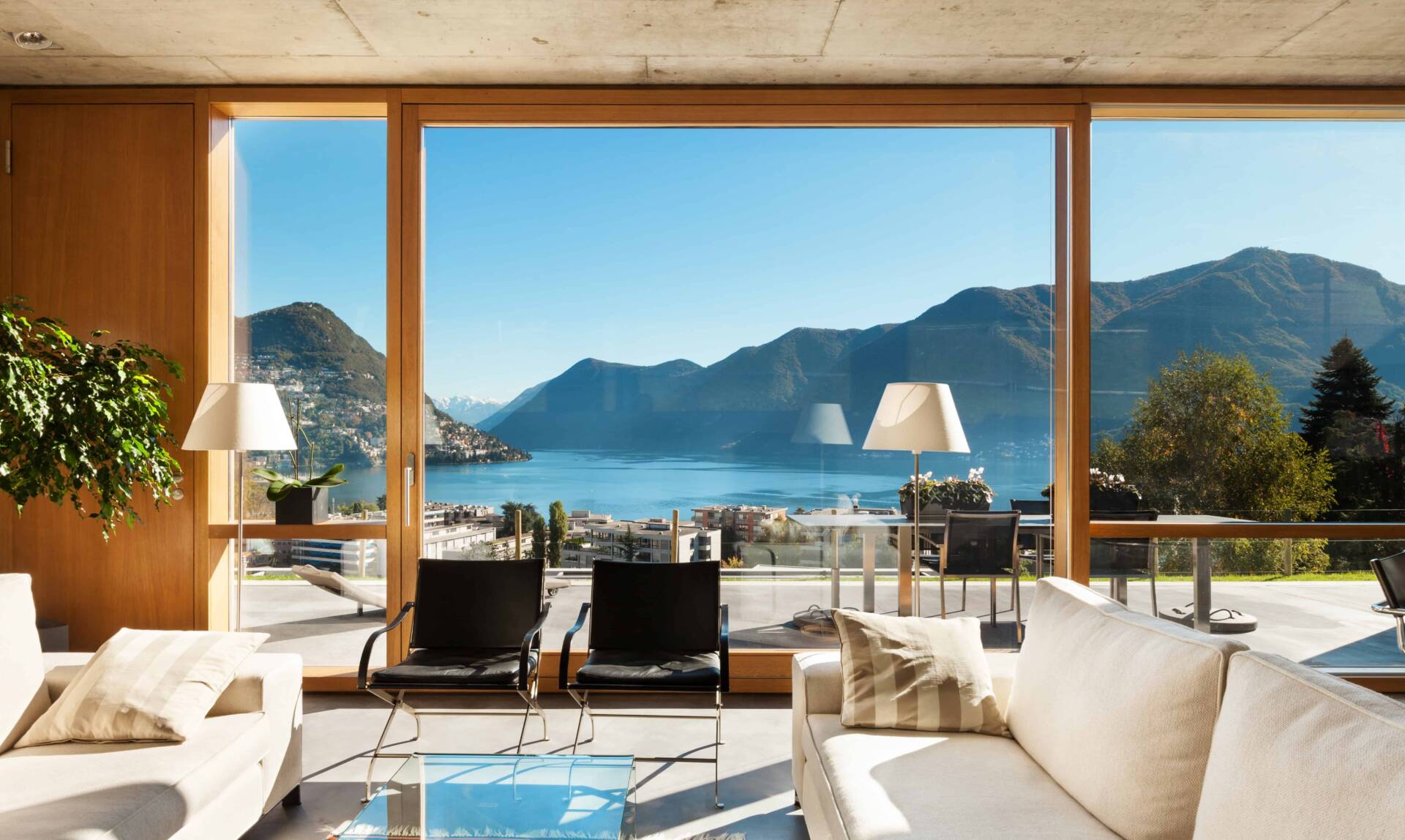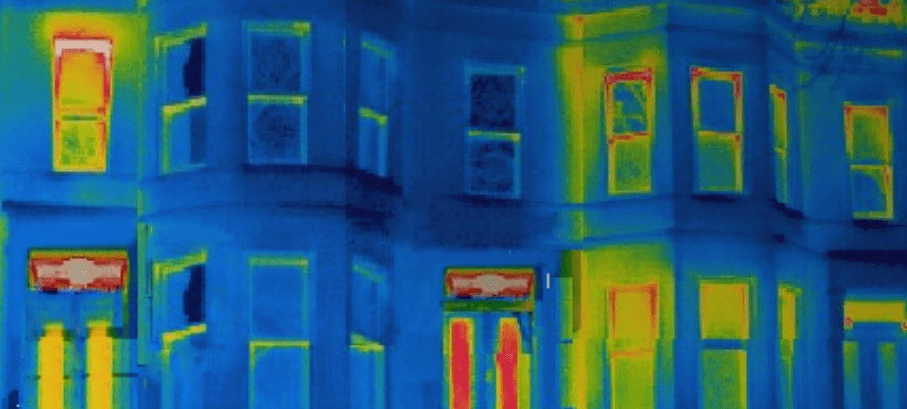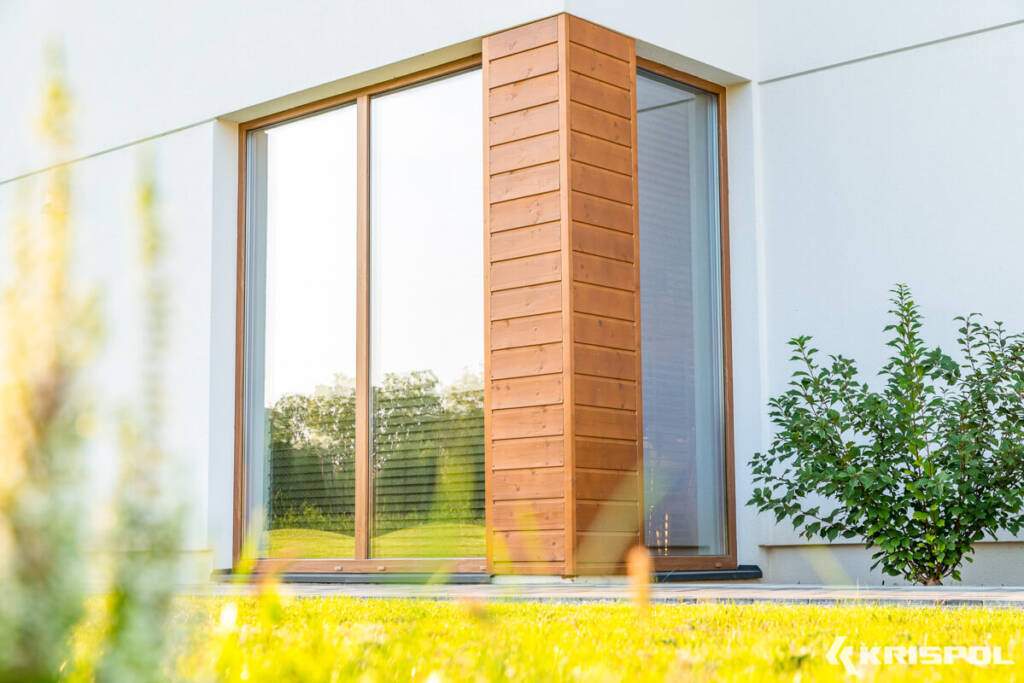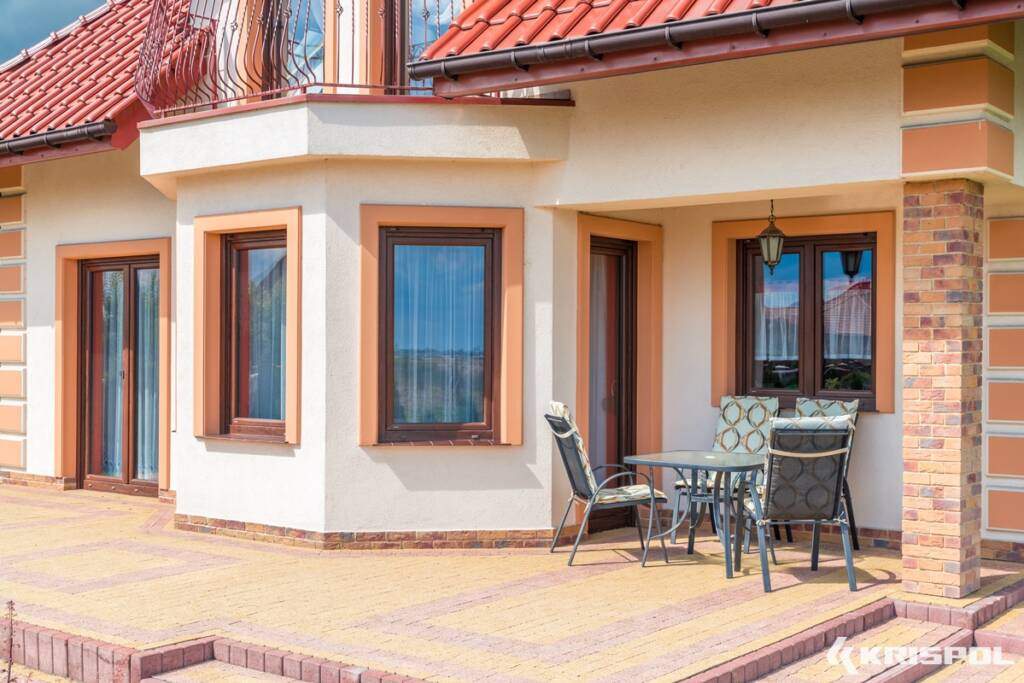
Triple or double glazed windows? Check which ones to choose.
<< Advantages and disadvantages of the large windows | Burglar Resistance Classification >> |
Reading Time: 9 minutes

The choice of windows for our house or flat may seem easy. The market offer is very large and constantly growing, offering more and more modern solutions. However, before the purchase it is worth considering what kind of windows will fulfil their role and which of them will be best suited to the environment we live in. It may turn out that the choice is not at all obvious.
Thermal transmittance of windows
At present, the climate in our country does not rather encourage to installation of a high-efficiency heating system. We pay attention to the insulation of a building, and the tightness of doors and windows, however, also glazing plays an important role in thermoregulation.
It is a well-known fact that glass acts like a lens when combined with sunlight. Bearing this in mind, it is worth looking at one of the parameters, which is the so-called heat transfer coefficient. It is commonly labelled with the letters “Ug”, where “g” indicates its value. In simple terms, it defines the percentage ratio of the amount of sunlight falling through the window to the amount of sunlight entering the room where the window is installed. This is the so-called transmittance, whose standard value is 50%. The higher the coefficient, the more energy gains will be felt in the house. This is one of the basic parameters characterising windows, which is calculated per 1 square metre of glass. The lower the coefficient is, the better the energy performance of the window. This definition is often illustrated by the following formula: W = Uw – h – m2 – ΔT,
where:
W is the amount of heat flowing through the window,
Uw – heat transfer coefficient
h– test time
m2– window surface area
ΔT – temperature difference.

It therefore takes into account all the necessary parameters which are essential for the reliability of the test. The determination of the coefficient must be per EN ISO 10077-1, which defines the thermal performance of windows, doors and blinds. This is the responsibility of the notifying authorities. However, it is possible to derogate from this principle and determine the value by the window manufacturer himself, provided that the method of calculating the value is accepted by the above-mentioned bodies.
The requirements concerning the maximum value of the coefficient are specified in the appendix to the Regulation of the Minister of Infrastructure. It divides into balcony windows and doors. These values change over time. The last update took place on 1 January 2017, while the new values will apply from 1 January 2021.
It is important to remember that the heat energy that is supplied to our interiors through windows cannot be the main source of heat. Glazing is not an alternative source of energy. They can only perform a supplementary function in conditions when reheating the room is exceptionally difficult or in the period of high insolation, we want to slightly reduce heating costs.
Energy saving windows
Taking into account the issue of heat saving, it is worth paying attention to energy-saving windows. It is assumed that most heat escapes to the outside through windows and doors. The quoted energy-saving feature is only a conventional name for windows constructed by modern technologies, whose construction limits thermal losses to the highest possible extent. They are also referred to as so-called warm windows. Nowadays, in modern construction oriented at savings, and often at alternative sources of energy, their installation is standard. Also, in this case, the heat transfer coefficient plays a key role.

The trend in construction also has legal consequences. This is indicated by the changes envisaged from January 2021, which indicate new values for the permissible permeability of windows. Currently, it is allowed at 1.1 W for vertical windows and 1.3 W for sloping windows. The standardised value will be reduced to 0.9 W. What influences the Uw value is, above all, glazing packages with warm distance frames and low-emission coatings, high-class window profiles, insulation wedges, fittings and gaskets.
Of the many factors, the most important is the thermal insulation of the glazing. Since glass is a much better insulator than window frames, the larger the surface of glass, the better the thermal properties of the window. Especially in modern constructions, panes coated with a special metal oxide coating, the so-called low emission coating, are used. It works in such a way that it transmits solar rays characterised by short wavelengths while limiting the release of long wavelengths from the building. In practical terms, the sun’s rays, and consequently the heat, are absorbed into the interior, while the degree to which they are released is significantly reduced.
Of the many factors of importance when it comes to the construction elements of energy-efficient windows, the installation technique and its proper execution play a key role. When choosing a specialist, we should bet on the experience and accuracy of the work. It is also advisable to pay attention to whether the specified company is certified by the manufacturer of the window brand. Admittedly, the costs connected with the service may be higher, however, in the long run, correctly installed windows will give us considerable savings.
Acoustic insulation of windows
As indicated, energy efficiency is an important factor to consider when choosing windows. However, another feature that will probably have a positive influence on the comfort of everyday life is the acoustic insulation of windows. This is very important, especially when the flat or house is located in an area exposed to the greater acoustic impact of external factors (close vicinity of railway lines, airports, and city centres). Of course, with time you can get used to all conditions, but it is not about accepting noise out of habit, but about living in comfort.

The solution is to install PVC windows with the appropriate level of acoustic insulation properties. This is where another important value comes in, namely the sound insulation index. This is expressed using the 14351-1+A1:2016 standard. Slightly different to thermal qualities, it does not impose any requirements on manufacturers, leaving a degree of freedom in declaring the value of this coefficient. To determine it, the so-called apparent adaptation factors C and Ctr are used. This takes into account all types of sound, both medium and high frequency (C) and low and medium frequency (Ctr).
Triple-glazed windows – opinions
One of the most common questions asked by many investors is the choice of the type of windows in a project. It is important not only because of the strictly cost-related issues but also due to numerous utility advantages. There are arguments connected with thermal and acoustic insulation or, for example, fire resistance. It is also necessary to think about the issue of not having the same type of windows in the house. It is not obligatory to have one type of window in each room. Windows with triple glazing are constructed in such a way that between 3 layers of glass, there are two chambers filled with gas – krypton or argon. The former has a higher density, which means it works even more efficiently to reduce temperature loss.
Disadvantages of triple-glazed windows
Every solution has its positives and negatives. When focusing on the disadvantages of using triple-glazed windows, it is important to recognise that there are not many. One of them is the light transmission. Confronting it with the same value in the case of double-glazed windows, it seems obvious that an additional layer of glass inhibits the sunlight coming from outside. It is assumed that the difference is about 5- 10%. There are also some energy-saving aspects. A triple-glazed window receives slightly less heat emitted from the sun’s rays. However, these are very insignificant values and if we do not pay special attention to them, the differences will disappear. People whose technical sense is more developed pay attention to the constructional issues. It seems obvious that with an additional window element, its weight must also be slightly higher. However, it seems that with the construction of a house or flat, which is secure and withstands the pressure of other elements, this aspect should not be of major importance. Unfortunately, the practice of many companies manufacturing such products is heading in the wrong direction. To offer their customers a kind of novelty, they use lighter, often lower-quality components (e.g. thinner glass) in triple-glazed windows. For a potential investor, the price may also prove to be a disadvantage. It is higher than double-glazed solutions.
Advantages of triple-glazed windows
A positive aspect of triple-glazed windows will probably be the thermal aspect, however not from the aspect of heat supply to the interior, but its maintenance. It is assumed that this solution will be appreciated by people who heat with gas, pellets or wood. The additional layer has a positive influence on maintaining the temperature. Also, people with 3-pane roof windows will be enthusiastic about this solution. They will perform much better in terms of resistance to external factors such as moisture, and low or high temperature. They will also ensure greater safety in the case of more extreme phenomena, for example, hail.

When to choose double-glazed windows?
Double-glazed windows may be a good investment for an old or thinly thermally insulated house. There are also rooms where the installation of this type of window would be advisable, such as a basement or garage. In under-insulated buildings, with a small number and size of windows, the installation of the option with three panes is pointless, because it will not improve the energy balance and cold air will get through the partitions, such as the roof. In addition, for those with limited funds to invest, double-glazed windows with a Uw of up to 1.1 W/(m2K) will be sufficient and meet current standards. Also, owners of non-heated holiday cottages and farm buildings can easily install double-glazed windows. Nevertheless, installing double glazing in a property can increase its value and attractiveness.
When to choose triple-glazed windows?
The main criteria in choosing triple-glazed windows include where they are to be installed and what purpose you want to achieve. This is a much more expensive version of windows, which, in addition, thanks to another layer of thermal insulation, provides even better comfort and greater energy efficiency. Therefore, the installation of triple-glazed windows is required when building an energy-efficient or passive house, in which the provision of good insulation is obligatory. Compared to double-glazed windows, less heat from the sun will penetrate the room, which is associated with a significantly lower risk of overheating the house. Another determinant is the replacement of windows as part of thermomodernisation. In such a case, together with the renovation of rooms and facade insulation, it is worth replacing windows with triple-glazed ones. Moreover, the type of home heating influences the profitability of installing this type of option, therefore it works best in properties where heating oil, electricity or liquid gas is used.
Here are the most important circumstances in which you should choose triple-glazed windows:
Good quality triple glazing works in the same way as roof and wall insulation: it keeps your home warm or cool, helping to reduce heating costs in winter and air conditioning costs in summer.
They are environmentally friendly. Reduced carbon dioxide emissions resulting from less energy spent on heating and cooling the home means triple glazing is part of the trend of caring for the environment.
Thicker laminated glass and gaps between the triple glazing provide sound insulation while looking functional and stylish.

Triple and double-glazed windows – price comparison
The purchase of windows is an investment for years, so while choosing the options best suited to our requirements and preferences, it is also worth getting acquainted with their prices. The cheaper option is a packet of triple-glazed windows, whose price in the size of 150 cm in width and 150 cm in height starts from €90 a piece. Their low cost is connected with the higher value of the heat transfer coefficient. Meanwhile, triple-glazed windows are more expensive and you need to pay at least €280 for them. In addition, the use of modern fittings and low-emission films increases the price of a set of windows accordingly.
Which windows to choose for your home? Summary
In summary, it can be concluded that even with standard construction, the differences between double and triple-glazed windows are significant. They appear in the amount of money allocated for the investment and in the technical specification. A detailed analysis of the thermal and acoustic properties of windows allows us to see that despite the high purchase price of the triple-glazed variant, the funds allocated for investment pay for themselves very quickly in the form of reduced heating costs. In addition, one should also take into account the technology of modern construction, commercial premises and houses, in which particular attention is paid to energy efficiency and acoustic comfort, which is provided to a greater extent by double-glazed windows. Most of the well-known window manufacturers are adapting their offerings to the upcoming changes in the legal regulations regarding window technical specifications, offering their customers mainly triple-glazed windows. Also, after analysing the opinions of the users themselves, which can be found on numerous building forums or in the trade press, it turns out that energy-efficient triple-glazed windows enjoy considerable advantages.
